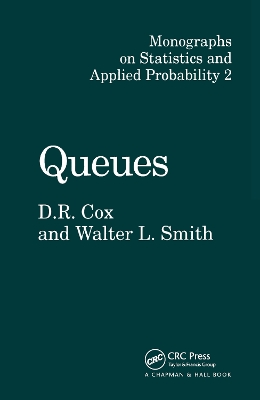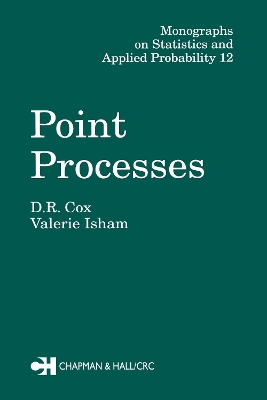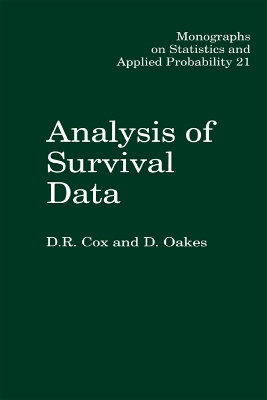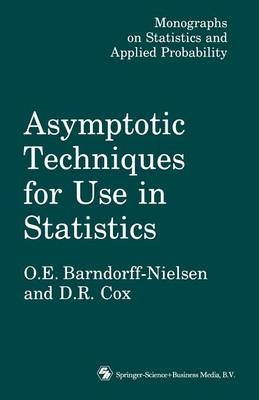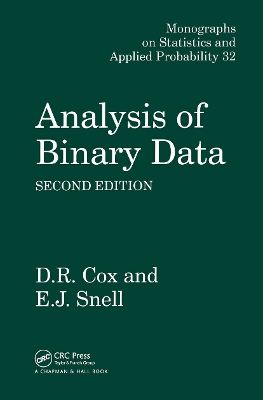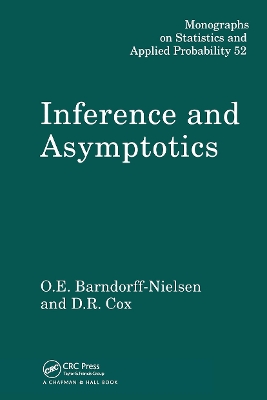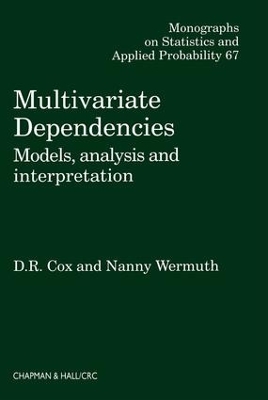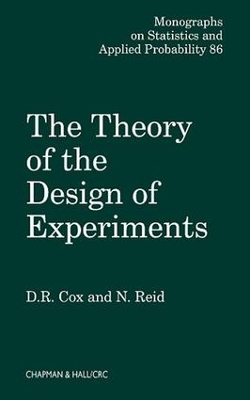Chapman & Hall/CRC Monographs on Statistics and Applied Probability
7 primary works • 10 total works
Book 2
Book 12
There has been much recent research on the theory of point processes, i.e., on random systems consisting of point events occurring in space or time. Applications range from emissions from a radioactive source, occurrences of accidents or machine breakdowns, or of electrical impluses along nerve fibres, to repetitive point events in an individual's medical or social history. Sometimes the point events occur in space rather than time and the application here raneg from statistical physics to geography. The object of this book is to develop the applied mathemathics of point processes at a level which will make the ideas accessible both to the research worker and the postgraduate student in probability and statistics and also to the mathemathically inclined individual in another field interested in using ideas and results. A thorough knowledge of the key notions of elementary probability theory is required to understand the book, but specialised "pure mathematical" coniderations have been avoided.
Book 21
Book 31
Asymptotic Theories for Plates and Shells
by C. E. Barndorff- Nielson, D. R. Cox, and O. E. Barndorff-Nielsen
Book 32
The first edition of this book (1970) set out a systematic basis for the analysis of binary data and in particular for the study of how the probability of 'success' depends on explanatory variables. The first edition has been widely used and the general level and style have been preserved in the second edition, which contains a substantial amount of new material. This amplifies matters dealt with only cryptically in the first edition and includes many more recent developments. In addition the whole material has been reorganized, in particular to put more emphasis on m.aximum likelihood methods.
There are nearly 60 further results and exercises. The main points are illustrated by practical examples, many of them not in the first edition, and some general essential background material is set out in new Appendices.
Book 52
Book 67
Identifying the sources and measuring the impact of haphazard variations are important in any number of research applications, from clinical trials and genetics to industrial design and psychometric testing. Only in very simple situations can such variations be represented effectively by independent, identically distributed random variables or by random sampling from a hypothetical infinite population.
Components of Variance illuminates the complexities of the subject, setting forth its principles with focus on both the development of models for detailed analyses and the statistical techniques themselves. The authors first consider balanced and unbalanced situations, then move to the treatment of non-normal data, beginning with the Poisson and binomial models and followed by extensions to survival data and more general situations. In the final chapter, they discuss ways of extending and assessing various models, including the study of exceedances, the use of nonlinear representations, the study of transformations of the response variable, and the detailed examination of the distributional form of the underlying random variables.
Careful signposting and numerous examples from genetic data analysis, clinical trial design, longitudinal data analysis, industrial design, and meta-analysis make this book accessible - and valuable - not only to statisticians but to all applied research scientists who use statistical methods.
